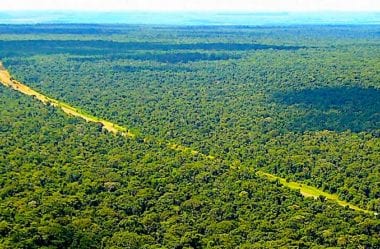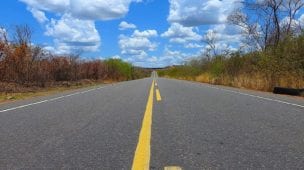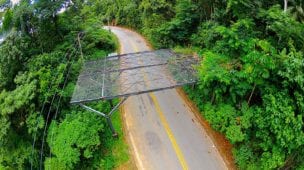Tempo de leitura: 2 minutos
Trabalho apresentado no III Congresso Iberoamericano de Biodiversidade e Infraestrutura Viária (CIBIV 2020)
Autores.- Alexander Roldán Arévalo-Sandi, Paulo Bobrowiec, José Fragoso & Wilson Roberto Spironello
alexander.arevalo85@gmail.com
Among the different anthropic factors that increase deforestation in the Amazon, roads represent one of the biggest sources relating the proximity of these infrastructures to deforestation over the years. One of the ways to mitigate deforestation is the creation of new public policies, i.e. the new Brazilian Forest Code of 2012, which aims to preserve 80% of native forests on rural properties in the Amazon.
Here we assess the influence of roads and the effectiveness of the new Forest Code on deforestation in areas of human occupation legally established before (2009 and 2012) and after (2015 and 2018) the implementation of the new Forest Code in the state of Amazonas, Central Amazon. We believe that roads negatively influence the application of the new Forest Code due to the increase in deforestation in areas of human occupation.
We analyzed roads categorized as: Settlement Roads, Unofficial Roads and Official Roads (Federal and State); and Human Occupation Areas as: Settlement Projects (SP), Indigenous Lands (IL) and Conservation Units (CU).
Our results show that PAs have more records of the nearest roads (up to 14 km), which results in more deforestation (up to 55% deforested area). Regarding the new Forest Code, although over the years there has been a small increase in deforestation between areas of human occupation, the effect was not significant.
Regarding the different categories of roads, they showed different results, showing greater deforestation in areas of influence of the roads in settlements. While the official roads, it was in IL that they showed the greatest effect in increasing deforestation. Regarding the deforestation in areas of human occupation and the presence of roads within, they presented greater deforestation when they had roads within them, with roads within all SP (100%), and to a lesser extent in IL and CU (27% each).
In conclusion, our study shows that the proximity of roads influences the increase in deforestation in different areas of human occupation over the years, and even with the implementation of the new forest code, deforestation continues to increase especially in SP, but that IL and CU could help contain this deforestation.







